Mechanical Engineering Training Package, Beginners, Part 3, 10 Exercises
$149.00 $74.50 Student Discount
There are 10 practical exercises in this training package by ANSYS Fluent software for Mechanical Engineers. This package presents how to simulate different mechanical devices for all BEGINNER users.
Click on Add To Cart and obtain the Geometry file, Mesh file, and a Comprehensive ANSYS Fluent Training Video.To Order Your Project or benefit from a CFD consultation, contact our experts via email (info@mr-cfd.com), online support tab, or WhatsApp at +44 7443 197273.
There are some Free Products to check our service quality.
If you want the training video in another language instead of English, ask it via info@mr-cfd.com after you buy the product.
Description
Mechanical Engineering – ANSYS Fluent Training Package, 10 Practical Exercises for BEGINNER Users (Part 3)
There are 10 practical exercises in this training package by ANSYS Fluent software for Mechanical Engineers. This package presents how to simulate different mechanical devices for all BEGINNER users.
Practical exercise number 1 simulates a centrifugal blower. The blower is a particular mechanical device for blowing high-pressure air, which generally has applications such as dust cleaning and …. For example, a blower is used to clean computer parts and equipment. Problem number 2 simulates a centrifugal compressor with a diffuser. One of the most widely used compressors in the mechanical industry is the centrifugal-type compressor. This compressor uses positive pressure while using centrifugal force to compress the gas. Practical exercise number 3 simulates the airflow inside a four-row multistage compressor. The compressor designed in this simulation is of axial type and consists of four rows, including two rows of stator and two rows of the rotor. In general, axial flow compressors are compressors whose airflow is parallel to the axis of rotation.
In Problem number 4, a two-phase CFD simulation of airflow inside a Venturi using the VOF model, and accurate modeling of air bubbles as a separate phase in water is carried out. The circulated mixed air stream enters the Venturi with a volume fraction ratio of 0.7. After passing this stream through the bottleneck, the flow rate increases, and its pressure decreases.
In research number 5, using the Species Transport model, comparing pollution distribution from car exhaust in static and low speed (traffic) modes in the urban environment were investigated. For this purpose, the exhaust gas velocity was equal to 1 m / s, and the temperature was 400 K for the static state. In the second case, with the same speed and temperature of the exhaust gas, an external flow with a 3 m / s enters due to the car’s movement in traffic mode.
Problem number 6 simulates the pumping of highly viscous fluid (i.e., Glycerin) in a Twin Screw Pump. In this project, the glycerin fluid is sucked inside the computational domain due to the rotation of screws. The twin-screw pump increases the pressure of the Glycerin and pushes it toward the outlet.
In project number 7, a numerical simulation of a siphon (flash tank) has been done. The VOF model has been used to simulate and solve the two-phase flow field equations. The flash tank discharges and the siphoning effect causes the water to drain.
In practical exercise number 8, jet impact on resident water has been simulated and the results of this simulation have been investigated. The system consists of two different fluids, including water as the primary fluid and one secondary fluid is Air. The Eulerian multiphase model has been used. In project number 9, colliding of two water jets has been simulated and the results have been investigated. The water is entering the domain with the speed of 15m/s with gravity considered as -9.81 m/s-2 on the y-axis. The solver is pressure-based.
Finally, practical exercise number 10 simulates a firehose. The system consists of two different fluids, including air as the primary fluid and one secondary fluid is water. The Eulerian multiphase model has been used.
You can obtain Geometry & Mesh file and a comprehensive Training Movie that presents how to solve the problem and extract all desired results.
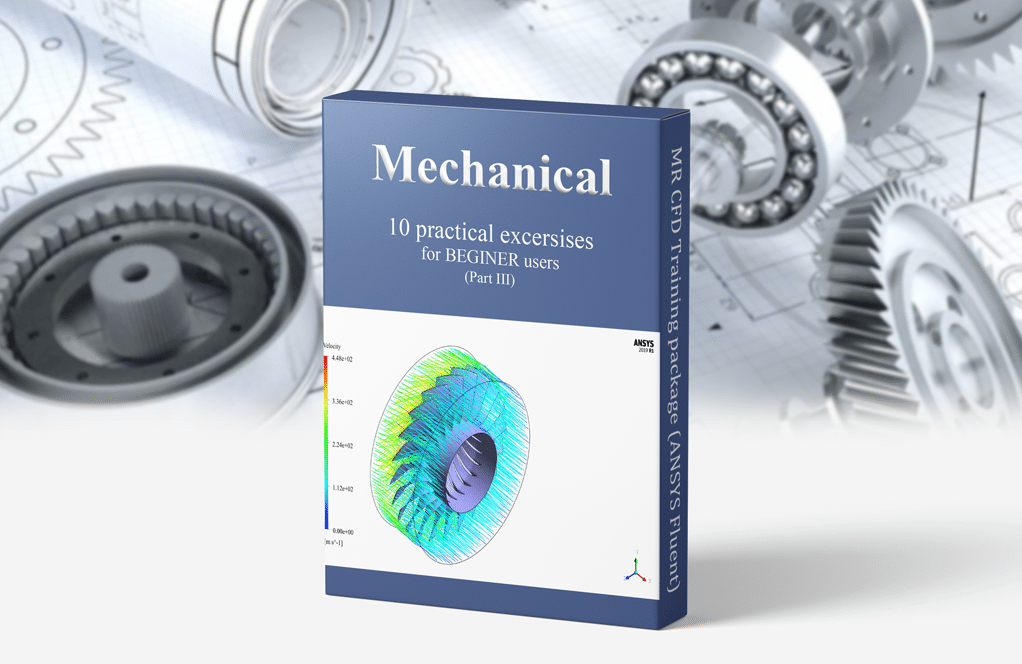

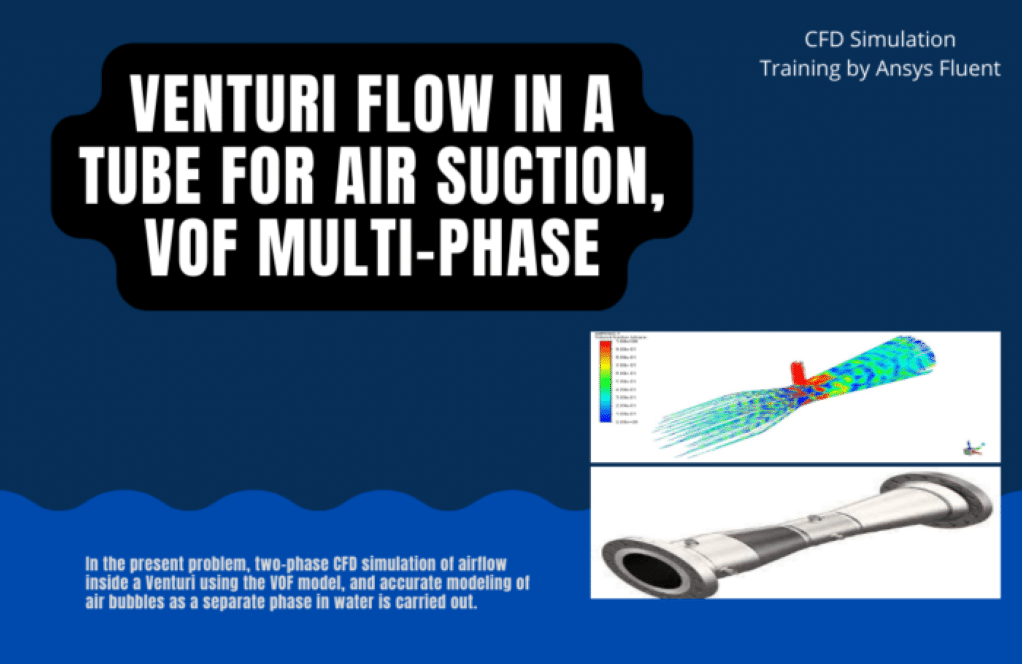
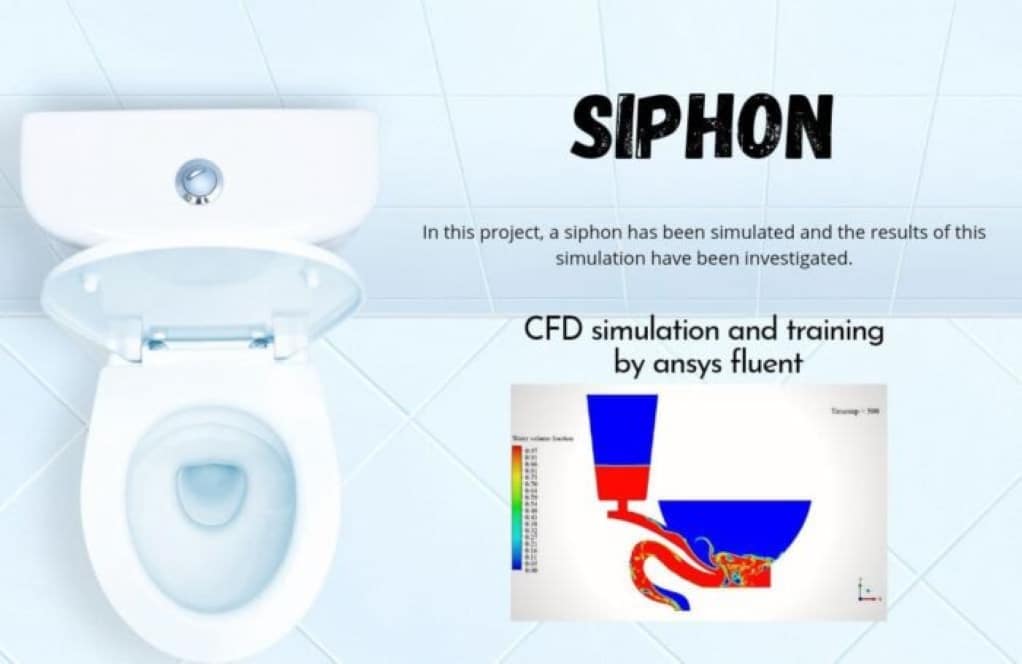
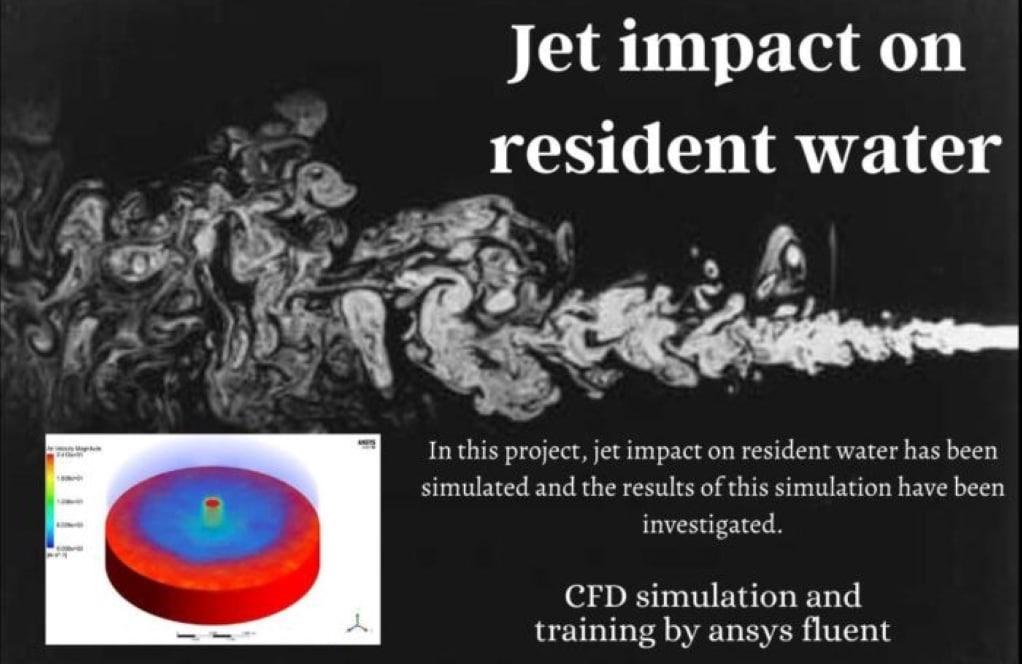
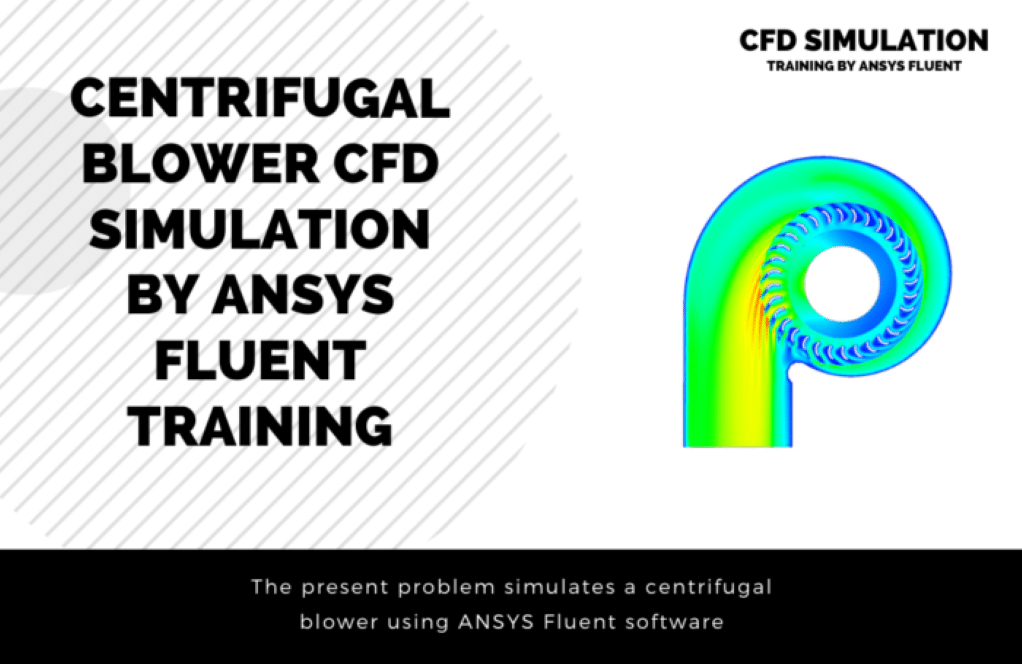
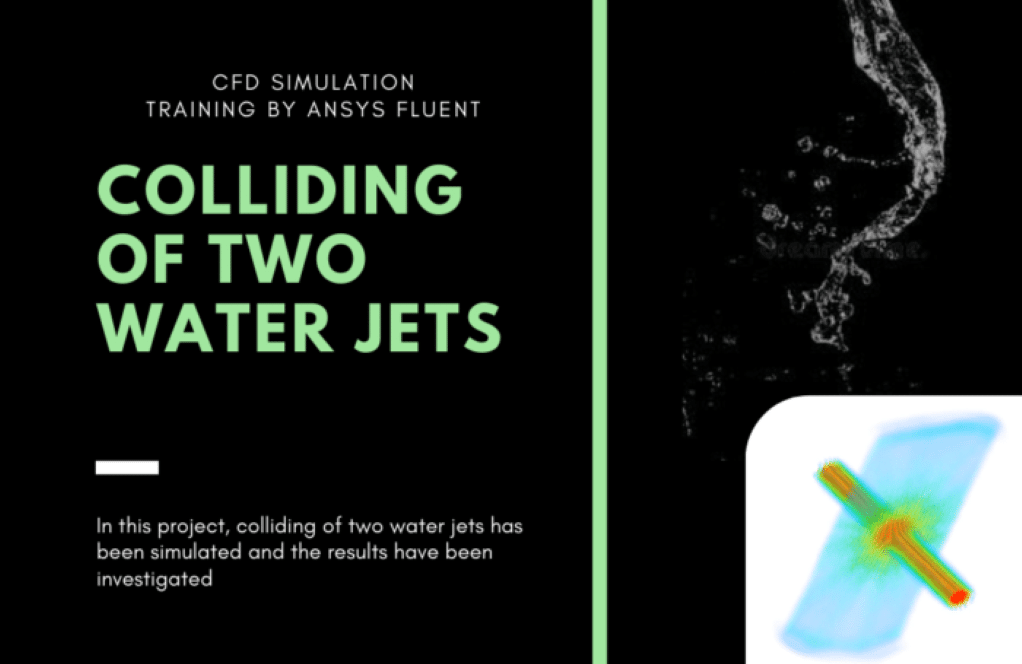
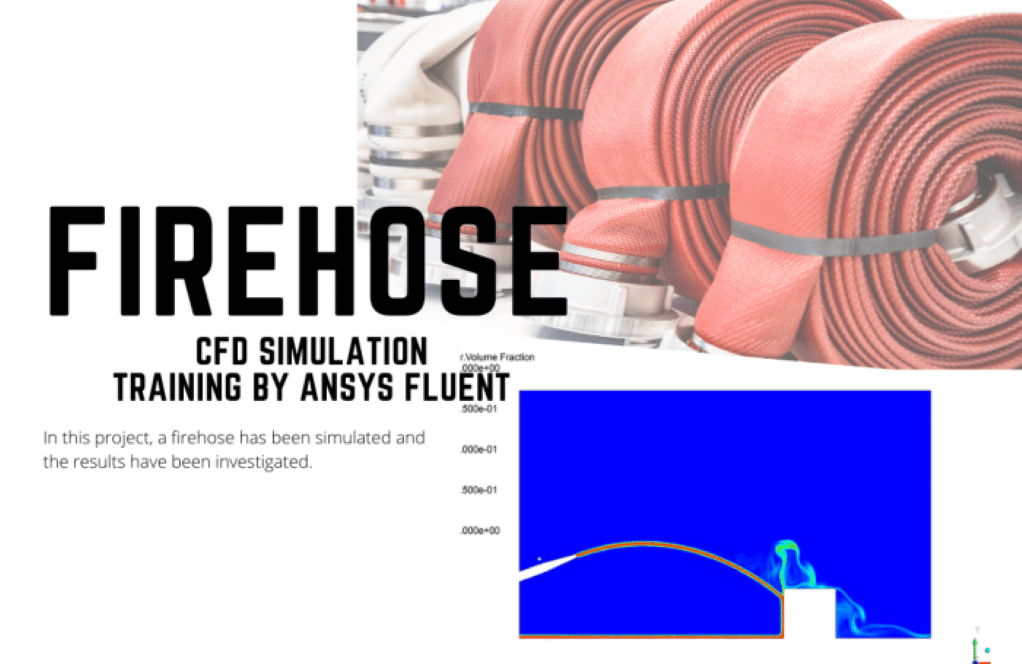
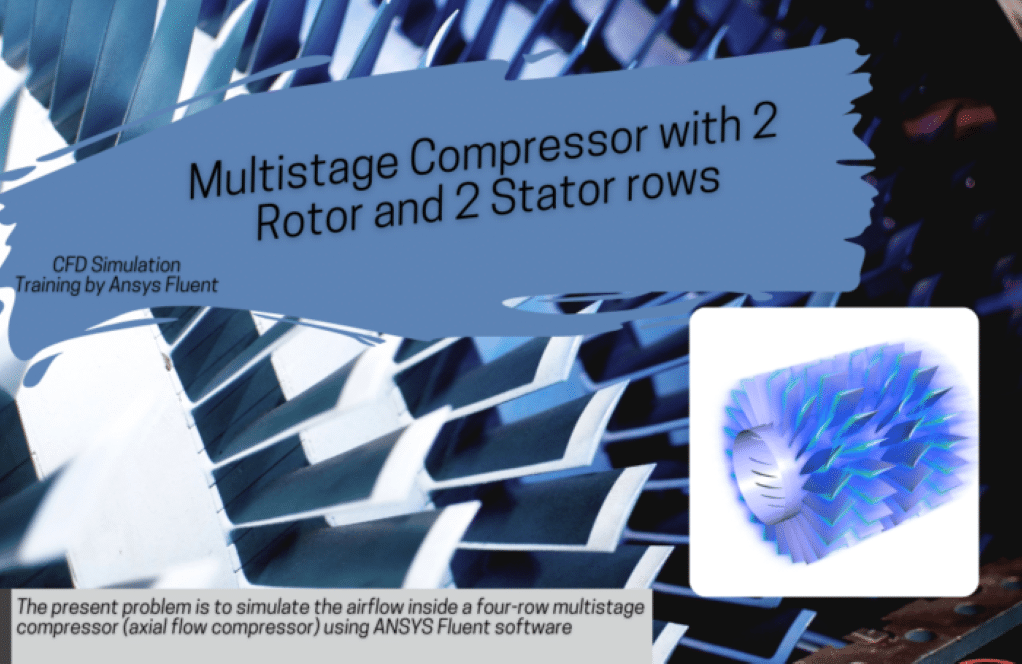
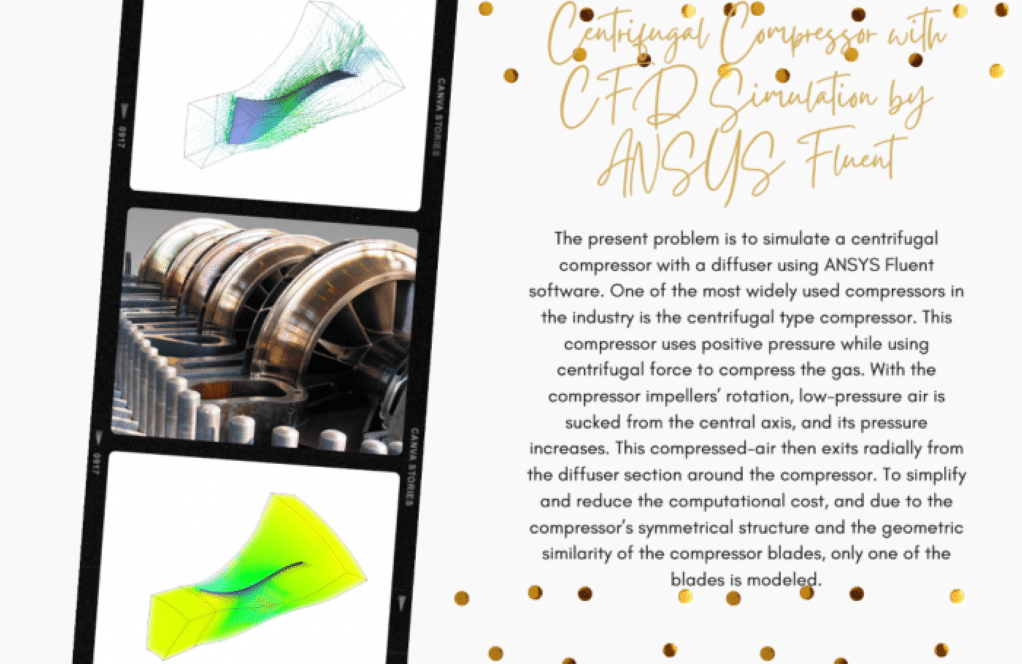
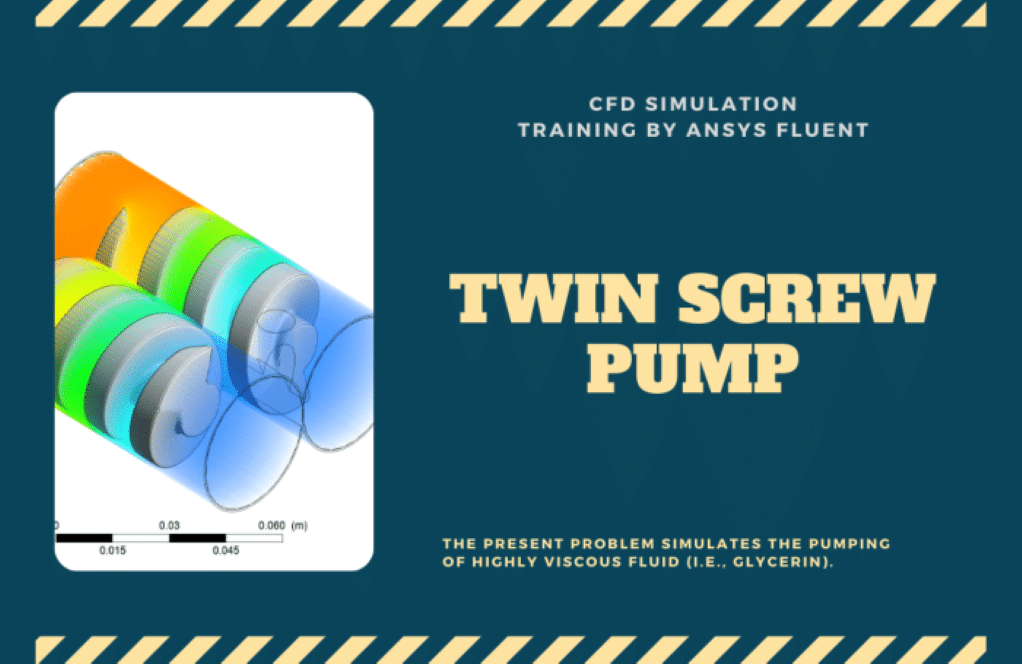
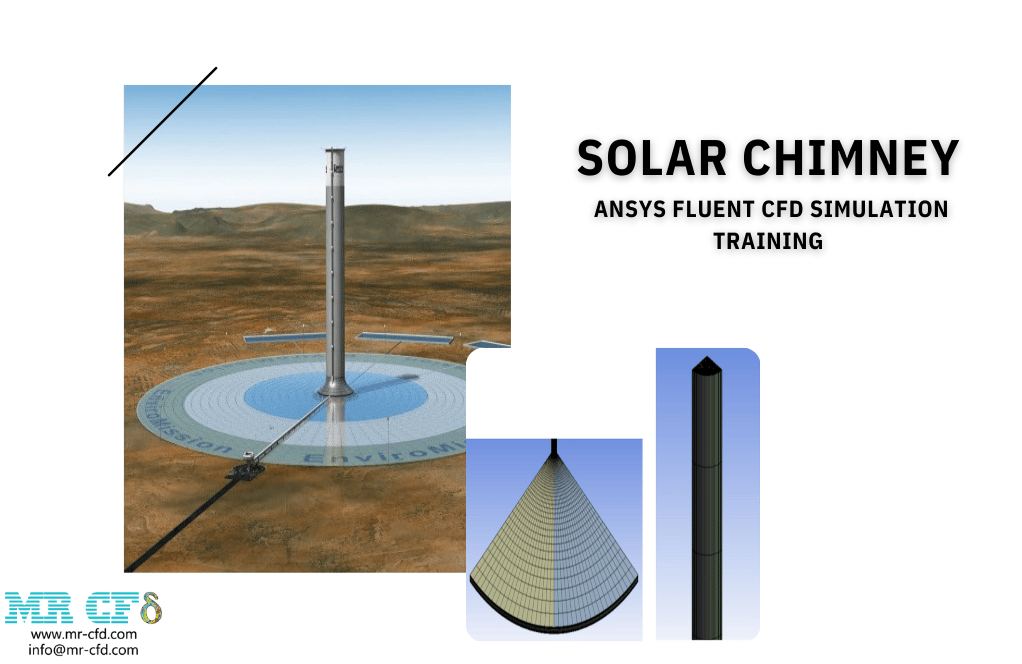

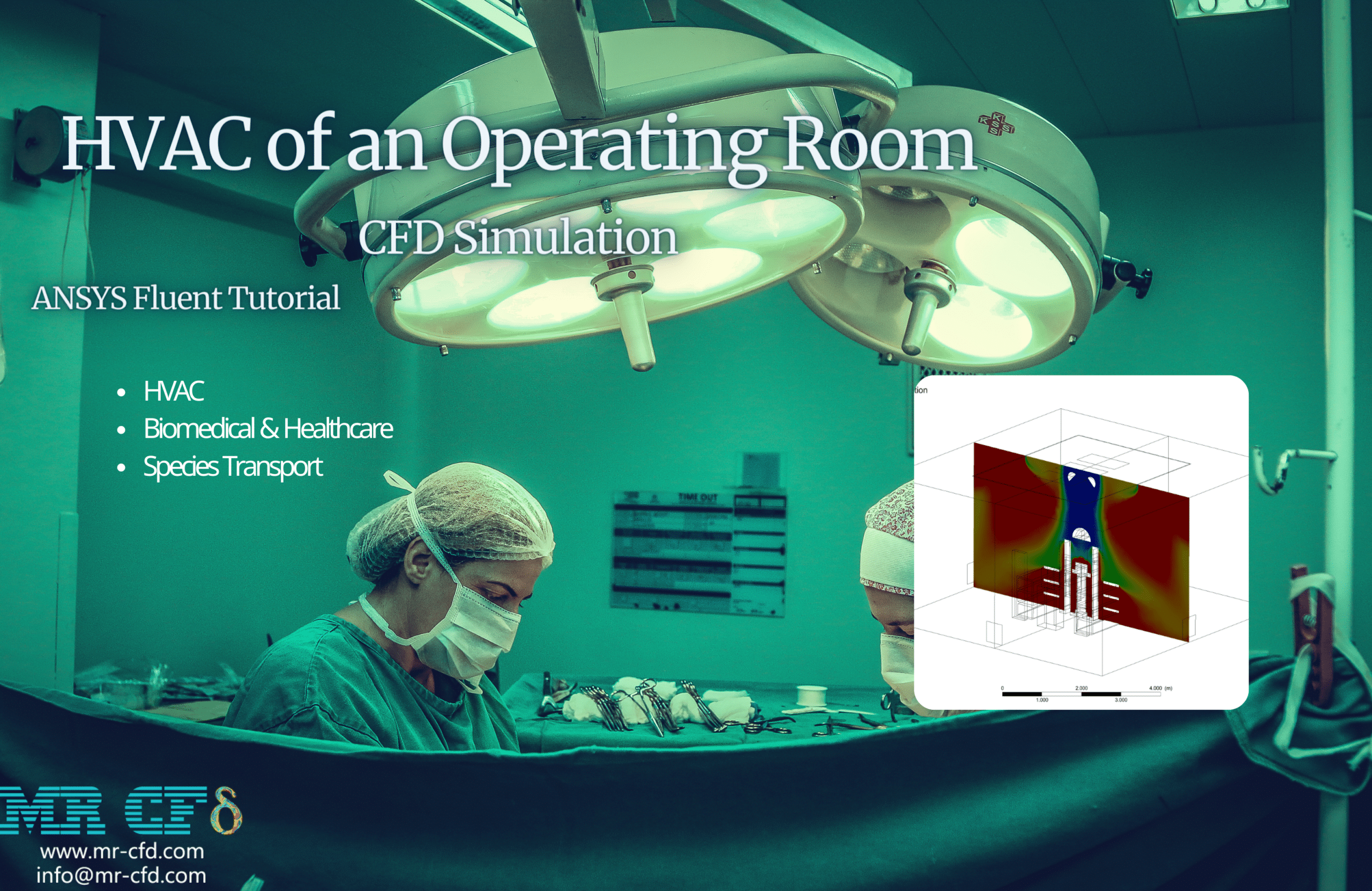
Dr. Vergie Abshire –
Hey there! I’m really keen on getting to grips with multiphase flow simulations. I’m wondering if this package has any exercises on this topic? Would be super useful for me!
MR CFD Support –
Hi there! This package has got you covered. It includes some really practical exercises that focus on multiphase flow simulations. It’s a fascinating area, isn’t it? These exercises will help you get a solid grasp of the interactions between different phases in a flow, which is such a crucial part of understanding these types of simulations.
But here’s the best part – we can actually tweak these simulations to suit your specific needs. So, if you’ve got a particular scenario in mind or a unique project requirement, just let us know! We’re all about making sure our users get the most out of our resources. So, don’t hesitate to reach out if you need something a little different. We’re here to help and we value your feedback immensely!
Prof. Maurice Tromp PhD –
Reactive flows are a critical part of my project. Can this package help me understand how to simulate them?
MR CFD Support –
Indeed, this package includes exercises that cover the simulation of reactive flows, helping you understand the complex interactions in these types of flows. We can also adapt these simulations to your specific needs.
Prof. Webster Bednar PhD –
Hey! I’m just dipping my toes into the world of ANSYS Fluent, and I’ve heard quite a bit about this thing called the finite volume method. I’m trying to get my head around the basics of it. Does this package touch on that at all?
MR CFD Support –
Hey there! First off, kudos to you for taking the leap into ANSYS Fluent. It’s a fantastic tool and I’m sure you’re going to find it incredibly useful. Now, about the finite volume method – you’ve hit the nail on the head. It’s a fundamental part of ANSYS Fluent and understanding it is definitely going to give you a leg up.
Good news – this package does indeed cover the finite volume method. And it’s not just a cursory overview. We’ve designed the exercises to give you a practical, hands-on understanding of the method. You’ll get to see how it works in action, which I think you’ll find really helpful.
Allen Robel –
This training package is brilliant for beginners! It’s really helped me understand the basics of CFD in mechanical engineering applications. The selection of exercises is diverse and covers many typical scenarios engineers would come across in the field.
MR CFD Support –
Thank you for your positive review! We are delighted to hear that our Beginners Mechanical Engineering Training Package has been beneficial in advancing your understanding of CFD applications in mechanical engineering. We always strive to deliver comprehensive and practical training materials, and it’s great to hear your feedback. If you have any further questions or need additional support as you continue to learn, please don’t hesitate to reach out.
Mr. Furman Price –
Fabulous collection of exercises for mechanical engineering newbies! It systematically covers a diverse range of simulations. After wrapping up Part 3, I feel significantly more confident in navigating ANSYS Fluent–a testament to the clear instructions and structured progression. Whether dealing with compressors or multiphase pump systems, each exercise rebuilt my knowledge from the ground up. A particularly enlightening experience was the Venturi simulation and the illustration of water and air interaction. Kudos to MR CFD for composing such an insightful training tool.
MR CFD Support –
Thank you for your positive review! It’s always rewarding to hear that our training packages are helping new learners become more confident and proficient in using ANSYS Fluent. We are thrilled that you found the exercises enlightening and helpful, especially the one covering the Venturi effect. Your success is our priority, and we’re glad we could contribute to your learning journey. Should you have any more inquiries or require further simulations to tackle, do not hesitate to reach out. Keep up the great work!
Lorine D’Amore –
I recently completed the exercises in the Mechanical Engineering Training Package for Beginners, Part 3. The step-by-step guidance in the practical exercise of simulating a centrifugal blower was especially helpful, and it played a crucial role in enhancing my understanding of airflow dynamics. The way the training was structured, starting from simpler scenarios and progressing to more complex ones, really solidified my grasp of ANSYS Fluent.
MR CFD Support –
Thank you for your kind words! We’re thrilled to hear that our training package has been effective in enhancing your understanding of airflow dynamics and that you’ve found the progression from simple to complex simulations helpful. If you have any further feedback or need assistance with any other learning material, please don’t hesitate to reach out. We’re here to support your growth in the field of mechanical engineering and CFD analysis.
Ole Fisher –
Just amazing! Each exercise in this Mechanical Engineering package brazed a way to deepen my understanding of fluid dynamics. The progression from simple blowers to the complexities of axial flow compressors and multistage systems is pedagogically brilliant. Mastering the simulations for the Venturi effect and firehoses was particularly enlightening. The training content was well-tailored to beginners, offering a sizable challenge while ensuring I could confidently handle each step before moving on. The supplementary training movie was the cherry on top; it gave me the just-in-time guidance to navigate areas where I could have gotten stuck. A hands-down beneficial learning experience.
MR CFD Support –
Thank you so much for your positive review! We are thrilled to hear that you found the Mechanical Engineering Training Package for Beginners to be beneficial and well-suited for enhancing your understanding of fluid dynamics. It is wonderful to know that the exercises and the training movie provided the guidance and support you needed to tackle the various simulations with confidence. We appreciate your feedback and hope to continue contributing to your learning journey!
Milford Jerde –
This Beginner’s Mechanical Engineering package seems like a great learning tool! The range of exercises from centrifugal blowers to twin screw pump simulations offers an impressive variety for hands-on experience. Excited to expand my CFD knowledge.
MR CFD Support –
Thank you for your kind words! We are delighted to hear that you find our Mechanical Engineering Training Package valuable. Our goal is to provide comprehensive learning experiences to help beginners build a solid foundation in CFD. Should you have any questions during your learning journey, do not hesitate to reach out to us.
Dr. Cordie Bahringer –
The Mechanical Engineering Training Package looks invaluable for hands-on learning. How appropriate is this package for someone with no prior experience in CFD? Can they follow along easily?
MR CFD Support –
This training package is specifically designed for BEGINNER users, which means it’s suitable for those with no prior experience in CFD. It provides step-by-step exercises that are easy to follow, and it includes a comprehensive Training Movie to walk you through the solution and extraction of results. With consistent study and practice using these materials, even newcomers to this field should be able to understand and apply the concepts effectively.
Estefania Larkin –
The Mechanical Engineering Training Package is superb! Exercise 5 on urban pollution distribution was especially enlightening. This part of the training opened my eyes to how traffic can affect pollution spread in urban areas. The visualizations were very helpful in understanding the complex interactions. Grateful for this learning material!
MR CFD Support –
Thank you for such positive feedback! We’re thrilled to hear that Exercise 5 regarding urban pollution distribution provided you with valuable insights and visual understanding. Our aim is always to deliver educational content that makes complex concepts more accessible. Appreciate you taking the time to share your experience and we’re glad our products are helping in your learning journey!
Gisselle Raynor –
This package seems incredibly comprehensive. Is there any additional support provided if I get stuck on a specific exercise?
MR CFD Support –
Yes, we always strive to provide comprehensive assistance to our customers. If you encounter any difficulties with any exercise in the package, you can reach out to our support team for guidance. Our dedicated experts are ready to help you understand the simulation processes and resolve your queries.